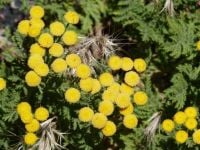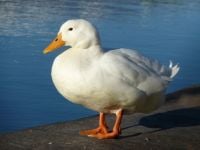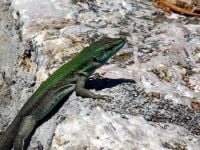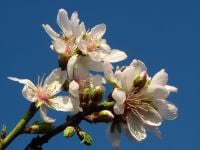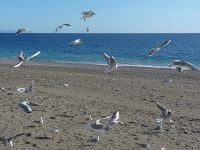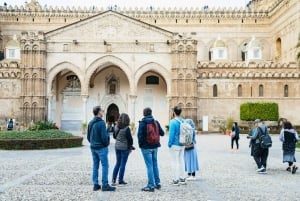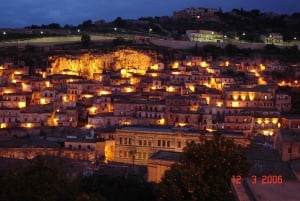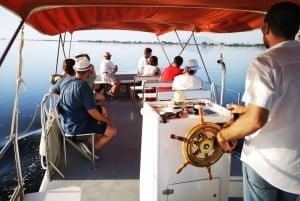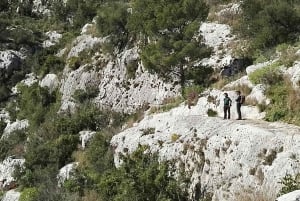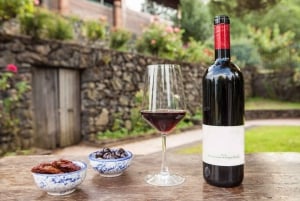Flora, Fauna & Geography
Sicily is the largest island in the Mediterranean (and of course the most beautiful and enchanting) and one of the most diverse in terms of geography, flora and fauna. The geography of Sicily is a distinct feature of the island and something worth understanding before you get here.
Much of Sicily is mountainous or hilly, making for some spectacular hill top towns and plenty of good views as you travel around. The coastal areas are a lot more level. Of the mountainous regions the most extensive are in the north and east. Mount Etna is the main feature in the east and the island's highest peak at 3.350m. It's also one of Europe's two most active volcanoes – the other is Stromboli at the Aeolian Islands. The mountains to the north include the ranges of Peloritani, Nebrodi and Madonie. These are significantly different and all make for an interesting itineraries, on foot and by bycicle. The hilly and volcanic terrain is due to Sicily's position on continental plates that makes it a little prone to earthquakes, thermal activity and other eruptions. These have become tourist attractions, for example there are thermal baths and smoking craters to see.
The coastline is some 1000 kilometres in length and quite dramatic in parts, with rocky features in the north and east, and endless sandy beaches in the south and west.
There is a diverse amount of flora in Sicily, mostly thanks to a geology and climate that encourage plant life. A lot of the flora species were actually introduced here by the array of invading powers that settled in Sicily over the centuries. The Greeks brought vines, olives and figs while the Arabs planted dates, lemons and almonds. The Spanish brought with them tomatoes and sweet oranges and the Romans planted vast amounts of grain.
Today along the coast you will find anything from citrus orchards to olive plantations and vineyards.
In mountainous areas you will find broom, lavender, rosemary, thyme, oregano, wild olive trees, dwarf palms, lentisks, cork oaks, oleanders, carob trees and tamarisks. Of the great forests that once covered Sicily much has been removed. The largest tracts left are to be found in the Nebrodi, Madonie and Peloritani, and on the slopes of Mount Etna slopes grow oaks, holm oaks, cork oaks, chestnut trees and beech trees. Other local fauna includes the agave, palm, plane trees, ficus, cedar, mulberry and eucalyptus. Parks and reserves have been created to protect these last vestiges of forest.
The most fertile regions in Sicily are the slopes of Mount Etna. The volcanic soil has allowed for the cultivation of numerous products such as olives, grapes, citrus fruits, peaches, cherries, pistachios, hazelnuts, walnuts, almonds, chestnuts and pines.
Unfortunately climate, environmental and other man made changes have affected native wildlife. Animals that have disappeared from the island include birds of prey and large animals such as wolf and deer. However there are still populations of hedgehogs, rabbits, squirrels, beavers, foxes, wild cats and wild boar and birds like the falcon, pilgrim hawk, wind hover, kite, eagle, rock partridge and imperial crow.
Migratory birds that still use Sicily as a pit stop include the common wader, pink seagull, grater sea swallow and the spoonbill. You can also find insects and invertebrates here such as the spotted grass snake, a rather large toad and varieties of frog and gecko.
In terms of river life freshwater fish have all but disappeared but there are still eels. While in the seas there are large numbers of blue-fin tuna and swordfish.


